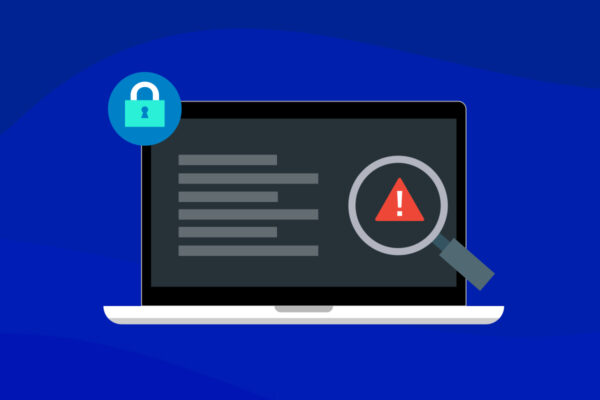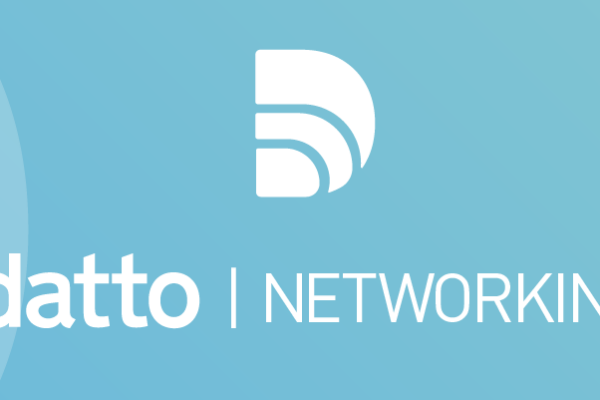6 Phases to COVID-19 Planning and Response for Your Team and Your Clients
Over the past few months, managed service providers (MSPs) and small and medium businesses (SMBs) have had to adjust rapidly to the global health crisis. In a time when so many businesses are learning by trial and error, it’s imperative companies develop guidelines and provide context for employees to help them successfully navigate these uncharted waters.
In this blog, we’ve identified six different phases businesses will move through during COVID-19 and how to best support employees and clients during each phase. It’s important to remember that while we are all in this together, global and regional locations are moving through the different phases of the crisis simultaneously, and therefore responses and planning efforts are varied. Understanding all of these phases, and identifying which phase your business is currently in, will help you develop guidelines and ongoing response efforts for your team and your clients.
Phase 1: The Crisis Emerges
The COVID-19 crisis emerges and becomes serious. The situation is changing rapidly, and fear and uncertainty are high amongst businesses and employees. In a time of crisis, it’s most important to lead by establishing a single source of truth and a central information hub for your team and your clients.
Phase 2: Employee Safety to Working from Home
Businesses rush to transition to a Work From Home (WFH) environment as they decide how best to keep employees safe. It’s important to remain transparent with your team and provide the proper support and training for your management team during this time. Be that trusted advisor for your clients and enable them to securely work from home, reminding them you are there for around the clock support.
Phase 3: Work From Home to Low Tide
The global health crisis reaches its peak and burdens are personal. Take care of your team and be empathetic to what they may be experiencing. Assess the financial impact on your clients, check-in continuously, and provide information on financial relief options such as government funding, bank loans, and more.
Phase 4: Clarity on Returning to Work
Next-step clear guidance is provided by authorities for eased restrictions and re-opening offices and businesses. Caution is used on travel and mass-gatherings, and there will be initial concern surrounding a resurgence. Prioritize employee safety and determine if you will need to extend work from home beyond the government guidelines. Prepare to secure multiple working environments for your team and be a leader for your clients to help pave the way for them to begin discussions on how to best transition back to the office.
Phase 5: Return to Work
Businesses return to work and now it’s time to be optimistic and provide clear guidelines on all new WFH policies going forward. Reassess your clients’ needs and evaluate your managed service contracts, making sure they align with current plans to help transition back to the office. Be mindful that many will be fearful of returning, while others yearn for normalcy and embrace the return.
Phase 6: Recovery/A New Normal
Assess what worked and what didn’t work for you and your clients, and to be prepared for the future. Think about accelerated performance in the new normal and focus on setting goals for the remainder of the year. Return to regular routines but with new norms to be followed, as health and safety will remain the ultimate priority.




